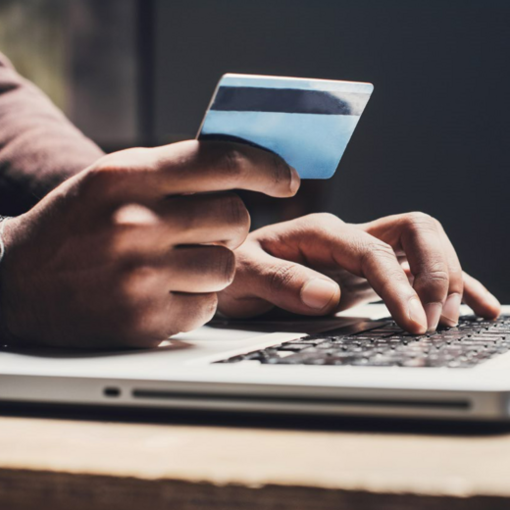
- Five minutes read
Has security won the war against convenience in online payments?
Keeping their payment details safe is customers' top priority when they shop online. But that doesn't mean they're willing to jump through endless hoops or accept poor user experiences as the inevitable price of greater security.
Online payment security has been high on merchants' agendas since the very first internet purchase: a copy of Sting's 'Ten Summoner's Tales' CD. But while payment technology has become more sophisticated over time, the eCommerce explosion has also created a lasting tension between security and convenience.
On the one hand, customers are ever more aware (and concerned) about the risks of their financial details falling into the wrong hands. But greater security typically introduces friction into the checkout process. And friction continues to be one of the leading causes of cart abandonment.
In our latest Lost In Transaction report, we asked 11,000 consumers in 10 countries across Europe and the Americas for their thoughts about the balance between security and convenience in online payments.
Here's what they told us, and what this means for online merchants moving forward.
How worried are consumers about online fraud?
According to our research, customers grow more concerned about online fraud with every passing year.
59% of respondents are more worried about it today than they were 12 months ago. And where, in 2021, 49% told us they didn't feel comfortable sharing their financial details online, this shot up to 70% in 2022.
More significantly, our research shows that, given a choice, 44% of respondents will invariably pay with the method they feel is safest. By contrast, only 21% will choose the most convenient payment method, and even fewer (14%) will choose the fastest one.
Given that fraud has become more frequent and more serious during the COVID-19 pandemic — in 2021 the average US fraud victim lost $500 and the average UK victim lost £806 — these findings aren't surprising.
What's interesting is that, even though security typically dictates the choice of payment method, there’s a limit to how much friction customers are prepared to tolerate. And our research suggests this limit is close to being reached.
While 42% of customers would prefer more payment security, only 19% are happy to accept whatever measures are necessary for this to happen. For the other 23%, their acceptance comes with the very important caveat that any extra inconvenience must be minimal.
A delicate juggling act
If you're a merchant, the picture is positive but challenging.
The good news is that 44% of consumers think merchants are getting the balance between security and convenience right — up from 26% in 2021.
Trust is also high. 53% think online payments are more secure than they were twelve months ago. And 64% of respondents are more likely to shop from merchants who already have their payment details on file, compared to 54% in 2021.
The challenge is that security can never be a once-and-done-deal.
For one, cybercriminals are constantly refining their techniques, which means measures that are highly effective today can become inadequate over time.
And, second, regulation is constantly evolving in ways that may not necessarily reflect consumer sentiment. When Strong Customer Authentication rules came out, for instance, they sparked fears — admittedly, these have since been proven somewhat exaggerated — that the deliberate friction they required would hurt sales.
The upshot is that, while security enhancements are inevitable if merchants are to continue meeting high standards, there's margin for error now that more consumers are reaching the limits of their tolerance for friction.
For every new security measure they introduce, merchants must be increasingly mindful of the impact on the streamlined payment experience customers expect.
Squaring the circle: boosting security with trust and technology
While maintaining the current balance between security and convenience — or, indeed, striking a better balance — might seem impossibly tricky, payment technology has evolved to a point where it's doable.
With embedded payments, for instance, the consumer pays through a user-friendly interface at the point of need. And because financial details are stored securely in tokenized format, there's no need to share them every time you make a purchase.
Similarly, eCash enables customers to buy online quickly, securely, and privately.
The customer gets a unique barcode they can scan at one of one million points of sale in 55+ countries to pay in cash. And this means they can buy online without having to share or even store any financial details.
According to our research, while there's still a significant knowledge gap, particularly in embedded payments, consumers are becoming more open to both technologies. So now is the time for merchants to take advantage of the high levels of trust they enjoy, explain the benefits clearly to customers and, more importantly, address concerns.
Security is crucial in online payments, but not at all costs
For most customers, keeping their financial details safe is the most important element of the payment process. But while security may be winning the battle against convenience hands down, this isn't a blank check for merchants to add as many hoops as they like to the payment process.
A zero-fraud strategy might sound appealing on paper, but it would also likely cause way more friction than most customers are prepared to tolerate. As critical as it is for merchants to protect customers’ data — and to be seen to be doing so — a smooth, seamless payment experience remains as important as ever.




